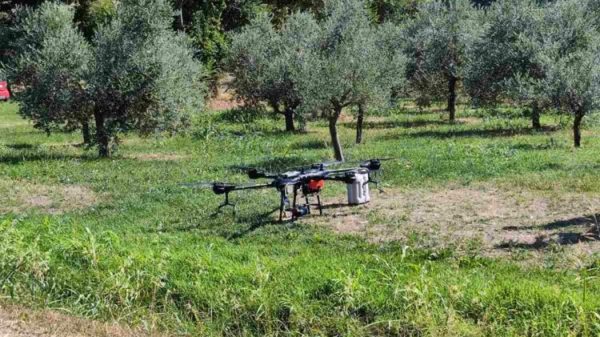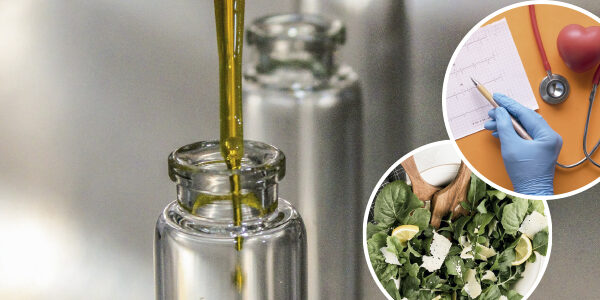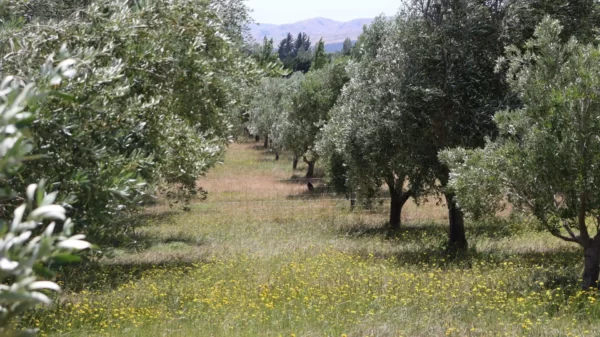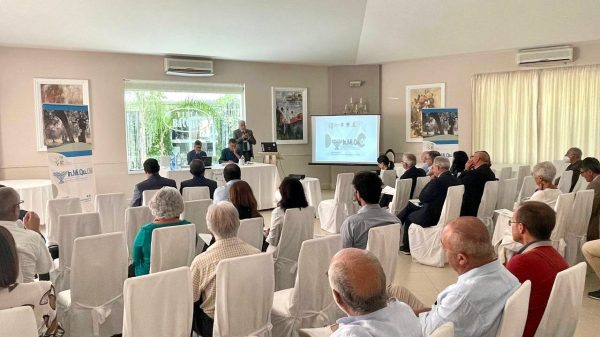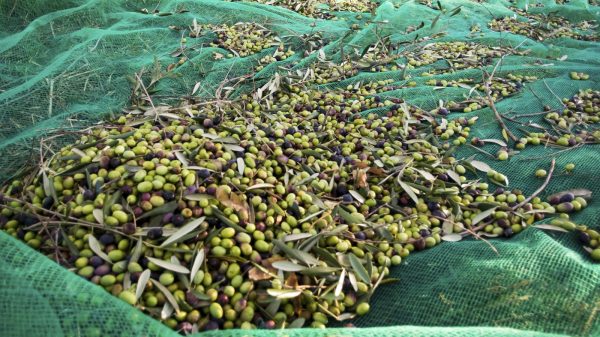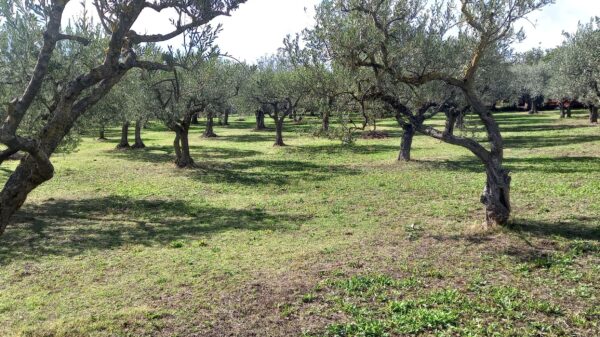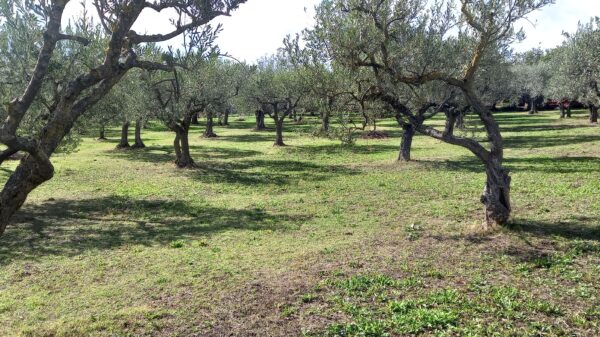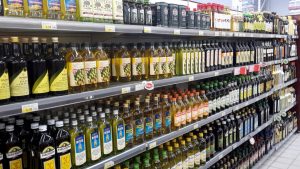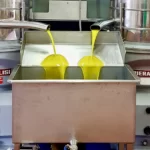THEenergy supply it is a central theme for everyone today, including millers. Therefore, even the oil mills, already oppressed by declining profitability in recent years, are affected by the concerns for the dear bills expected in this 2022-2023 campaign, which has already begun. Precisely for this reason, the webinar promoted by has found great interest in the category AIFO through which the professor. Riccardo Amirante, Professor of Energy Systems at the Polytechnic of Bari (in the picture) has proposed some actions capable of determining greater energy efficiency, combining them with an improvement in product quality. In short, a series of virtuous actions that this particular historical moment suggests. All without losing sight of those interventions that can now be carried out for the production and self-consumption of energy.
 The foreword by Prof. Amirante was as clear as it was merciless: the price of oil per barrel, that of methane, the euro/dollar exchange rate, the cost of producing carbon dioxide, the low level of rainfall - which reduces the hydroelectric potential - are the main driver which explain not only why the energy bill has increased tenfold, but also that the future does not hold any better scenarios in the immediate future. Hence the suggestions.
The foreword by Prof. Amirante was as clear as it was merciless: the price of oil per barrel, that of methane, the euro/dollar exchange rate, the cost of producing carbon dioxide, the low level of rainfall - which reduces the hydroelectric potential - are the main driver which explain not only why the energy bill has increased tenfold, but also that the future does not hold any better scenarios in the immediate future. Hence the suggestions.
“Let's start from forklifts – observed the prof. Amirante – the traditional forklifts used for product handling. These means, with combustion engine, in areas where there is food transfer they determine gods potential risks, because the volatile molecules of hydrocarbons, burnt and unburnt from engines, bind by affinity to the extracted oil; molecules which therefore dilute and nestle in the fat and which in small traces could also be found in the extra virgin olive oil, albeit with non-routine analyses. Therefore mandatory prefer electric forklifts, compatible with one energy transition of the mill, preparatory to their use “at zero cost” thanks to photovoltaic systems to be built on the roof of your own oil mill, for the benefit of the production of electricity. No more expenses for diesel, no more risks for the quality of the oil.
As well as - continues Amirante - linverter implementation. There are now two options for an oil mill: either to replace all the motors in the plant with new ones with very high efficiency “IE4 class”, which requires investments to be evaluated, or equip all existing motorizations with inverters for electronic rotation speed control, tool that proves to be particularly useful in the challenge of energy efficiency, but also of the product quality. In fact, this choice drastically reduces power factor correction problems and the relative costs, improves the regulation problems of machines in general and also has an important qualitative value on the product, since the regulation of the speed of some machines, such as that of the crushers, determines the correct harmonious balance of the extra virgin olive oils, i.e. the perfect balance between bitter hints and aromatic notes.
Third action - suggests the professor of the Polytechnic of Bari - is that of avoid heating energy costs in the process. “I now consider it absolutely out of place to raise the process temperatures to increase the extraction yields. Keep around the 22-24 not only allows you to save energy, but constitutes one virtuous action to avoid processes of deterioration of oil quality and instead determine the development of aromas thanks to a correct lipoxygenase. This is a problem experienced by some large cooperatives, compressed by the need to focus on large volumes, but which can no longer afford to lose the challenge of product quality, the only real weapon of Made in Italy!”
Energy saving actions, in the webinar of prof. Amirant, but also suggestions for energy production with an examination of the tools available today: theagricultural with panels on the roofs for production limited to self-consumption; L'agrivoltaic in the field in its three options which culminate, in the most advanced version, with access to state and European incentives of the Pnrr, even in the presence of more stringent requirements, starting from the installation of panels from a minimum height of 2,10 ,XNUMX meters. However, this solution is compatible with those who adopt intensive or super-intensive olive growing models.
“Finally there is – concludes Amirante – the game of biogas e biomethane. In the first case, these are systems that favor the anaerobic digestion of the by-products of the mill, pomace, deprived of the ligno-cellulosic matrixes, perhaps with a boost that can derive from the addition of 5-10% of other agricultural waste, or poultry manure and other zootechnical manure. Technology that guarantees the production of a biogas with a good percentage of methane, around 60%, to be exploited in an internal combustion engine coupled to an alternator for the production of electricity, to be used exclusively for transfer to the network. On balance, with the hypotheses contained in the forthcoming RES-2 (i.e. 23 c€/kWh), they would be operations amortizable in 6/7 years also for medium-sized isolated crushers (3000 t of pomace/year). In the second scenario, one can speculate the further upgrading process of the biogas produced, in this case supported by already operational incentives, which eliminate carbon dioxide and other small gaseous components, favoring the production of biomethane, with at least 95% methane, to be used for injection into the network or for vehicle traction”. In both cases, the balance on CO2 absorbed and produced has practically no impact on the atmosphere.
di


